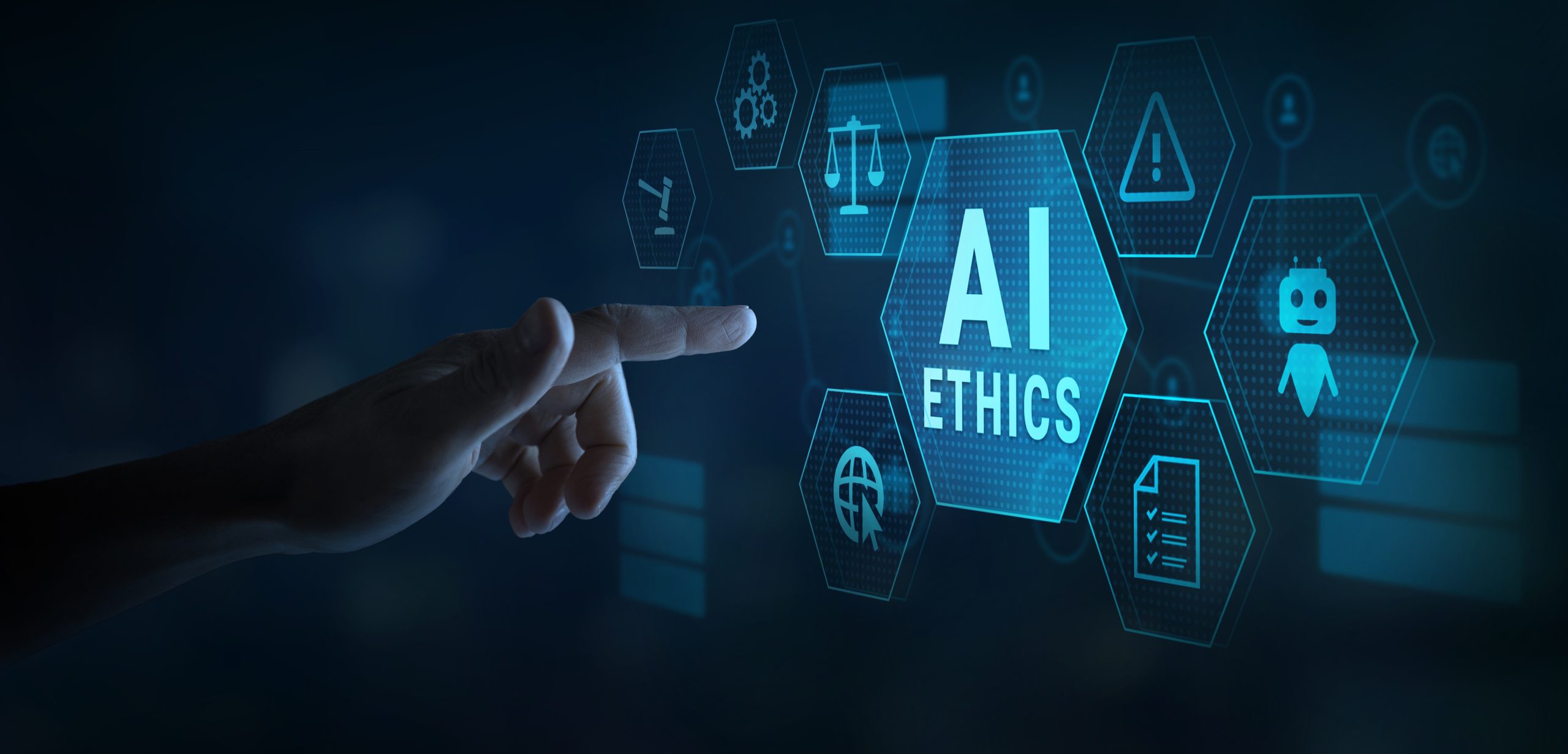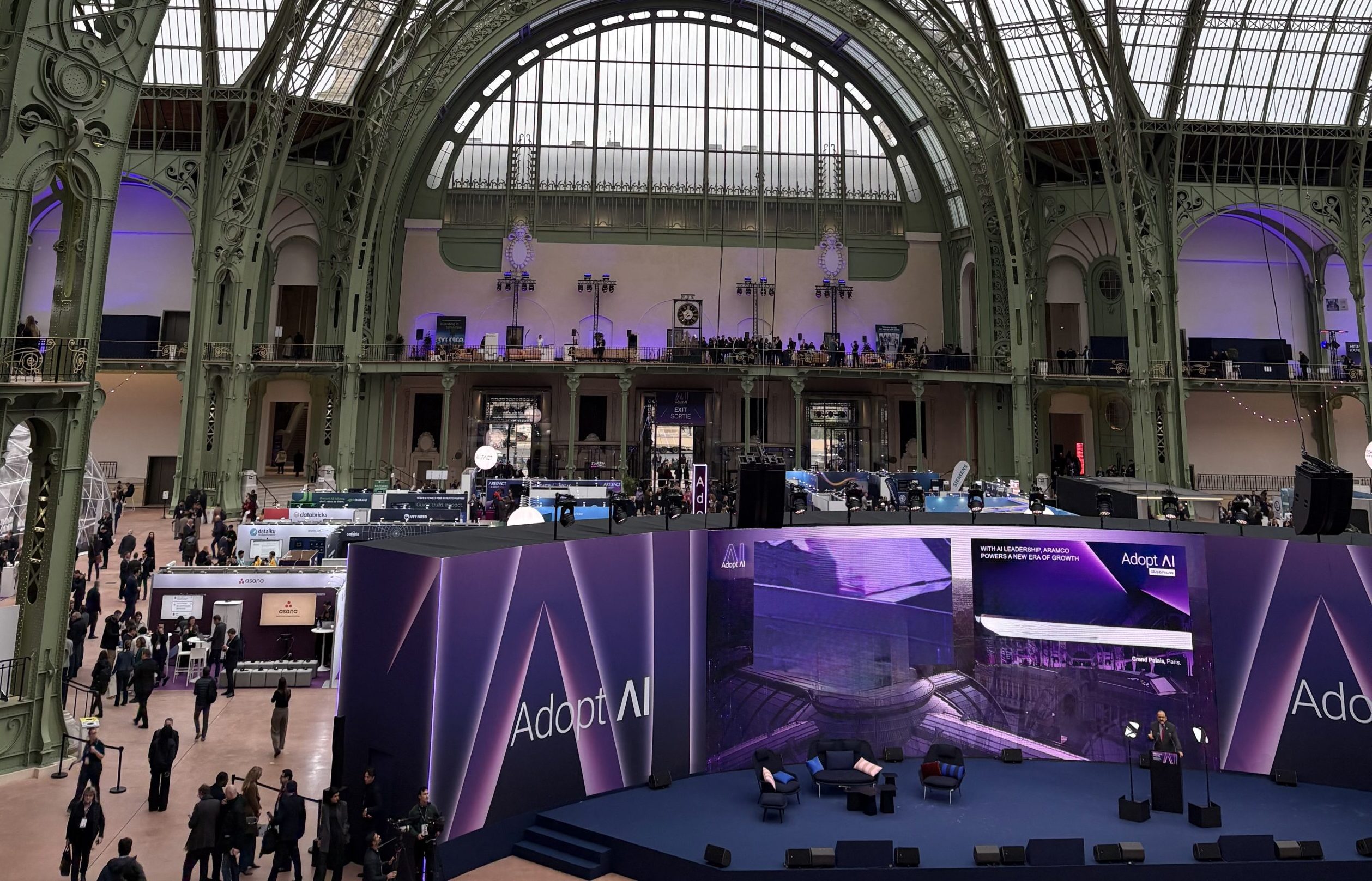
With over 16,000 attendees, the European Geosciences Union’s General Assembly is the largest event in Europe for Earth, planetary and space sciences.
As Destination Earth (DestinE) continues to grow apace, several lectures and poster presentations, which will be held at the General Assembly in Vienna, are related to the ambitious initiative of the European Union to create a digital twin of the Earth system. Throughout the week of activities (23-28 April), ECMWF scientists will present the evolution of the Weather-Induced Extremes and the Climate Change Adaptation digital twins.
Irina Sandu, who will formally take over the directorship of Destination Earth at ECMWF on 1 May, said of the participation by DestinE scientists.
“Scientists working on the science and technology elements of DestinE at ECMWF and in our Member and Co-operating states will highlight the advances made so far for the two high-priority Digital Twins and the Digital Twin Engine, which ECMWF is responsible for delivering in DestinE. Seeing so many of the team sharing the forward-looking approaches and innovations that will make a difference through boosting climate and extreme weather prediction capabilities, is exciting for us as an organisation but further, it marks an important moment within our journey in the first phase of delivery.”
One session, scheduled on Wednesday 26 April at 16:15, “First steps towards Destination Earth”, will involve all three entities entrusted to implement the DestinE initiative by the European Union. The session will be co-chaired by DestinE Partnership Lead for ECMWF, Jörn Hoffmann, alongside Claudia Vitolo, Scientist for the European Space Agency and Danaële Puechmaille, Engineer for EUMETSAT.
“I am excited to see scientists from across Europe working on DestinE coming together here, including colleagues and contractors working on ECMWF’s Digital Twins and the Digital Twin Engine. Our developments are not happening in isolation but in a very lively global Earth science and technology community, many of whom will be present here. Fora like the EGU are important for connecting to the many exciting developments happening also elsewhere and moving forward together.”
ECMWF scientist for High-Resolution Earth-System Modelling for Destination Earth Benoît Vannière’s presentation, entitled “Towards a Digital Twin of the Earth: ECMWF’s effort to build a Kilometre-scale Earth System Model.”, will be focusing on the works within ECMWF to build the global continuous component of the Weather-induced and Geophysical Extremes Digital Twin (Extremes DT) of the Earth. The first results at horizontal grids of 2.8 kilometres show the added value of higher resolution for near-surface fields and the predicted precipitation amounts in regions of high orography.
“I am very happy to share on behalf of my colleagues these exciting first results of Destination Earth. I will also explain the challenging aspects of performing global simulations at such small scales and our choices to solve some of these issues.” said Vannière.
During the afternoon colleagues from ESA, EUMETSAT and the contractors in charge of developing different aspects of DestinE, including those involved in ECMWF’s on-demand Extremes and Climate Change Adaptation Digital Twins, such as the Barcelona Supercomputing Center, National Meteorological Services from across Europe or Finland’s CSC IT Center for Science, will take the floor to explain the advances and the vision for their respective areas.
The session is completed by several posters, virtual and on-site, with up to three contributions of ECMWF scientists on Thursday 27 April at 08:30–10:15 in Hall X4: Domkos Sármány, who will present the poster MultIO: Message-Driven Data Routing for Distributed Earth-System Models, Antonino Bonanni, with Plume: A Plugin Mechanism for Numerical Weather Prediction Models and Mathilde Leuridan, who will introduce the poster Polytope: Feature Extraction for Improved Access to Petabyte-Scale Datacubes.
On Monday 24 April at 8:30 a.m. during the session OS4.10 about Ocean modelling in numerical development and data assimilation, ECMWF scientist Charles Pelletier will unveil the efforts at ECMWF to develop an affordable method for generating high-resolution ocean initial conditions, a critical aspect of both digital twins being developed by ECMWF for Destination Earth.
Mariana Clare, Scientist at ECMWF’s Forecasts department, will present “Combining Bayesian Neural Networks with explainable AI techniques for trustworthy probabilistic post-processing”, a novel statistical machine learrning approach to assess both model and data uncertainty that will be implemented in ECMWF digital twins. The presentation is part of the session “Advances in statistical post-processing, blending, and verification of deterministic and probabilistic forecasts” on Wednesday 26 April.
On Thursday 27 April, in Room 0.11/12 at 10:45 ECMWF scientist Thomas Rackow will present the advances towards Storm- and eddy-resolving simulations with IFS-FESOM/NEMO at the kilometre scale made in the frame of the EU H2020’s Next Generation Earth Modelling Systems (nextGEMS) project at multi-year scales. The km-scale models developed in nextGEMS are being used in DestinE’s Climate Change Adaptation Digital Twin. The talk is included in the session AS5.3 about Recent Developments in Numerical Earth System Modelling.
Destination Earth is a European Union-funded initiative launched in 2022, with the aim to build a digital replica of the Earth system by 2030. The initiative is being jointly implemented under the leadership of the EU Commission’s DG CNECT by three entrusted entities: the European Centre for Medium-Range Weather Forecasts (ECMWF), responsible for the creation of the first two ‘digital twins’ and the ‘Digital Twin Engine’, the European Space Agency (ESA) responsible for building the ‘Core Service Platform’, and the European Organisation for the Exploitation of Meteorological Satellites (EUMETSAT), responsible for the creation of the ‘Data Lake’.
We acknowledge the EuroHPC Joint Undertaking for awarding this project strategic access to the EuroHPC supercomputers LUMI, hosted by CSC (Finland), and the LUMI consortium, Marenostrum5, hosted by BSC (Spain) Leonardo, hosted by Cineca (Italy) and MeluXina, hosted by LuxProvide (Luxembourg) through a EuroHPC Special Access call.
More information about Destination Earth is on the Destination Earth website and the EU Commission website.
For more information about ECMWF’s role visit ecmwf.int/DestinE
For any questions related to the role of ECMWF in Destination Earth, please use the following email links:


